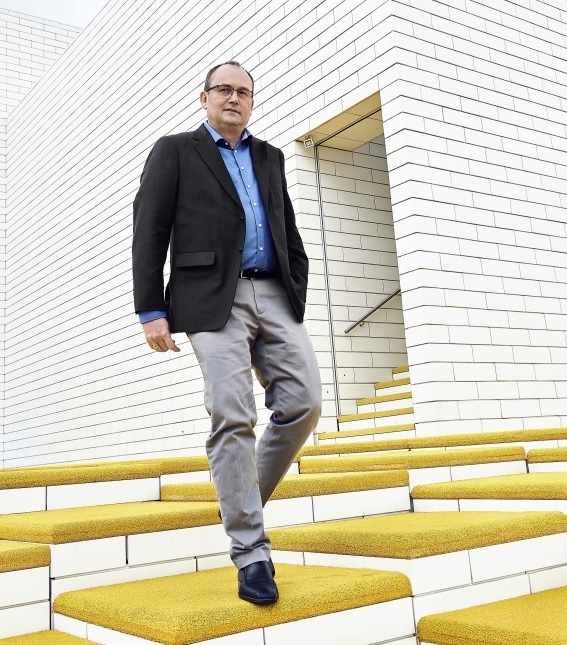Lego sets up a long-term growth in Asia
 |
| Asia, including Southeast Asia and Vietnam, holds significant growth potential for LEGO |
What is Lego's ambition with its factories in Asia, including the newest one in Vietnam?
The factory we are building in Vietnam will enable us to create long-term growth in Asia and help us ensure that we are located close to our major markets in the region. The new factory is about investing for growth in the long-term – and ensuring we are well-positioned to bring learning through play to more children in Asia in the future. While we are able to meet current demand from our existing factories, we are expanding capacity at our other factories, including the one in Jiaxing in China, to meet the sustained growth we have seen over the past years.
What was the most intense supply-chain disruption that Lego experienced as a result of COVID-19 and what is your demand outlook moving forward?
Currently, we are not experiencing any significant disruption to the overall supply of our products or raw materials and are able to meet demand for our portfolio. This is largely due to our global supply chain network with factories close to our major markets. We have five factories on three continents which means our supply chain is short and we have the flexibility to respond to shifting consumer demand. However, the current global supply situation is very dynamic and we are monitoring the situation closely and working very hard to minimise any potential disruption.
In terms of demand outlook, we believe that Asia, including Southeast Asia and Vietnam, holds significant growth potential. For one, it is estimated that a significant percentage of children born globally in the coming decades will be in Vietnam, Southeast Asia, and Asia and the middle class will continue to expand in the region. With those demographic and socio-economic developments, we expect demand for Lego products to increase so we are investing long-term to ensure we can meet future demand.
You have a goal of making Lego bricks from sustainably-sourced materials by 2030 instead of petroleum-based materials. Are you progressing on target?
Our bricks are inherently sustainable. They are treasured by parents and handed down from generation to generation. Bricks made 60 years ago are still being played with today. Despite this durability and longevity, we are working hard to make our products and operations more sustainable and do our part to have a positive impact on the world future generations will inherit.
Earlier this year, we unveiled a prototype of a brick made from recycled PET. While only a prototype, it is an important step. It is a big challenge as we need to invent new materials with the same quality, safety, and durability of existing bricks. We already use bio PE plastic in more than 100+ elements that can be found in 40 per cent of all our products. This material is most suitable for softer elements, such as plants and leaves, but cannot replace the wider range of plastic materials used to make Lego elements.
What are the biggest challenges going forward for Lego?
As a business, we are focused on achieving our mission which is to inspire and develop the builders of tomorrow. This is because we believe that play from an early age gives children skills that last a lifetime and help them reach their potential. So we are working to reach more children and continue to create play experiences that inspire and delight.
What the stars mean:
★ Poor ★ ★ Promising ★★★ Good ★★★★ Very good ★★★★★ Exceptional
Related Contents
Latest News
More News
- BIM and ISO 19650 seen as key to improving project efficiency (January 17, 2026 | 10:45)
- US-Vietnam partnership targets tilapia development and soy-based aquafeed trade (January 16, 2026 | 16:50)
- Vietnam, UN strengthen cooperation in digital technology, AI (January 16, 2026 | 16:48)
- Shopee and TikTok Shop account for 8 per cent of Vietnam’s retail market (January 16, 2026 | 00:00)
- Sanofi, Long Chau Pharmacy relaunch medicine blister pack collection initiative (January 15, 2026 | 15:35)
- Viet Industry 2026 exhibition scheduled for September (January 09, 2026 | 09:51)
- Cathay kicks off ‘80 Years Together’ anniversary celebrations (January 08, 2026 | 11:05)
- Electronics drive Vietnam’s trade growth as exports hit record in 2025 (January 07, 2026 | 10:23)
- Vietnam’s domestic market to grow 10-12 per cent from 2026-2030 (January 06, 2026 | 17:58)
- Irish beef gains access to Vietnamese market (January 06, 2026 | 16:51)

 Tag:
Tag:




















 Mobile Version
Mobile Version